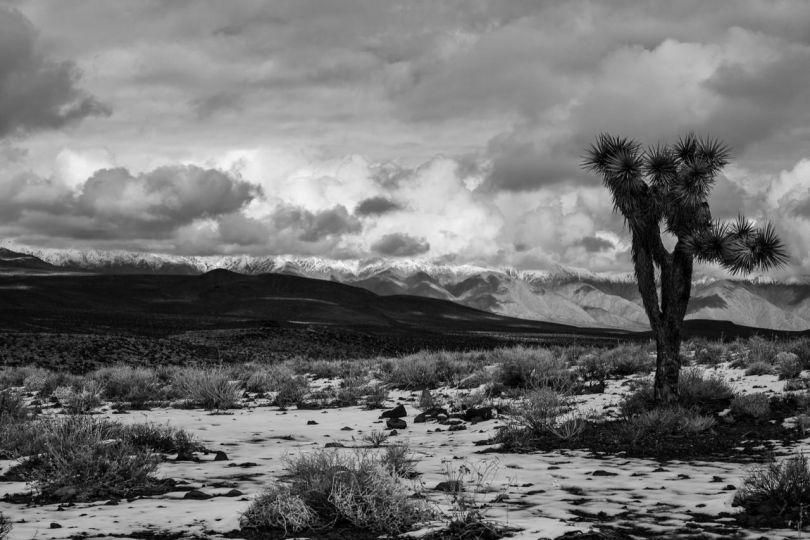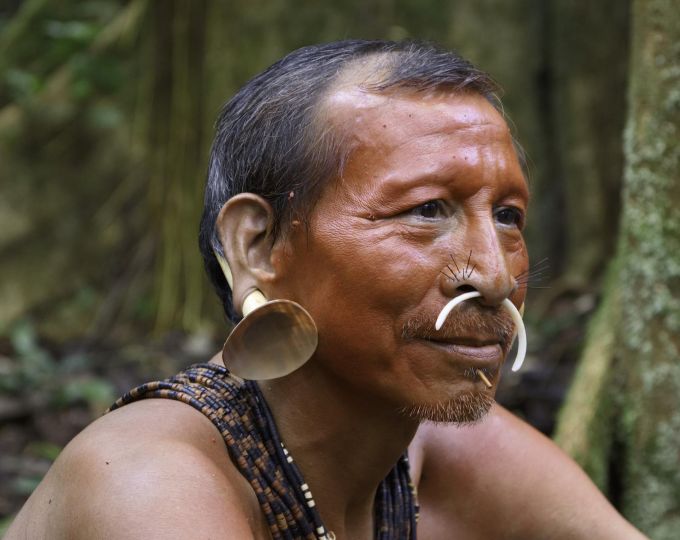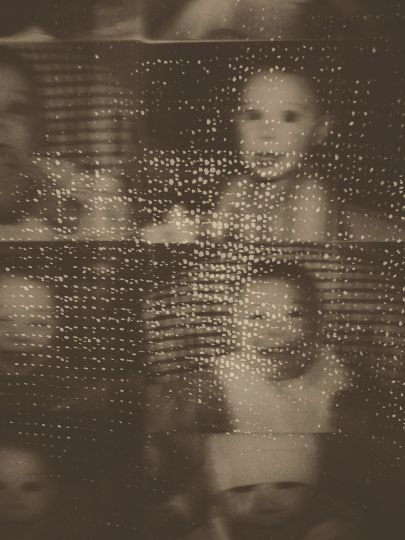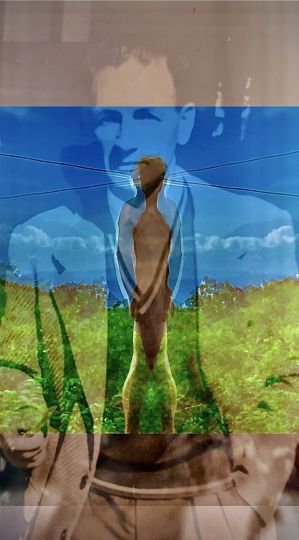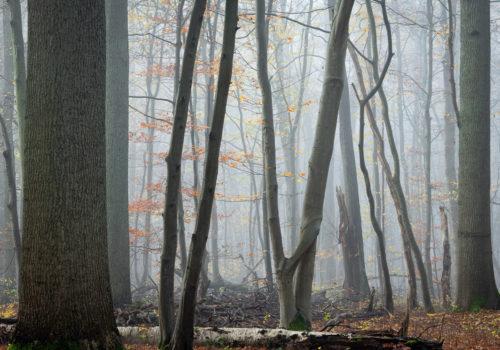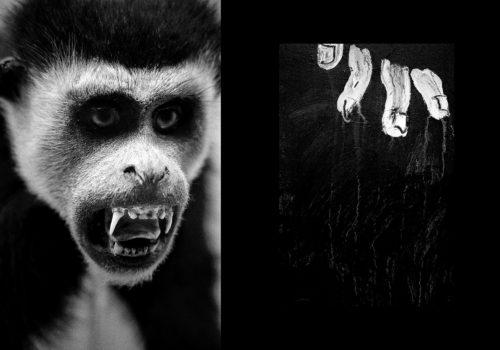For more than 40 years Juno Gemes, a Hungarian-born Australian, has trained her astute eye on the political landscape of her adopted home. The Quiet Activist– A Survey Exhibition 1979 – 2019 gives visitors a unique insight into both the origin of Gemes’s relationship with photography and her capacity to continually break new ground.
The Quiet Activist presents nine bodies of work, the majority of which deal with the struggle of Aboriginal peoples to be seen and heard. The works presented reveal her ongoing attentiveness to telling a story of indigenous Australia, one that documents the struggles and the victories of a people whose history has largely been overlooked.
As expected, her internationally acclaimed series Proof: Portraits from the Movement 1978-2003 plays a central role in the exhibition. Proof comprises portraits of extraordinary Aboriginal people; academics, political activists, artists, poets and dancers. Gemes’ images of ‘The Apology,’ where in 2008 then Prime Minister Kevin Rudd apologised to Aboriginal families who were victims of the Stolen Generations, are significant and profound. There are also photographs that talk to the ordinary and the everyday, images that are peppered with joy and humour; images that are a reminder of a shared humanity.
But this exhibition is no more one dimensional than Gemes herself. The Quiet Activist includeslarge frames from her conceptual series Terra Ancien/Terra Nova (2003-2007) as well as photographs and video from her latest body of work, Love Cancer. Her beautiful, lyrical commentary on life on the Hawkesbury River in regional New South Wales (Australia), The Language of Oysters, is also featured.
Gemes began her photographic journey inspired by James Baldwin and Richard Avedon’s Nothing Personal, a book she was given by her mother in 1964, one that changed the way she looked at the world. Years later a chance meeting in London led to a photo shoot with Baldwin on the roof of a hotel. In the vitrines of the exhibition are never before seen memorabilia including outtakes from this impromptu portrait session.
In the late 1970s Gemes worked on the film Uluru as a researcher, an experience she said that profoundly changed the way she thought about Australia’s first people. “It was the steepest learning curve of my life.” In terms of her photographic practice, it was also a lightbulb moment when she understood that photography would become the conduit to “breakthrough” what she saw as “this barrier of invisibility.”
Right from the outset Gemes knew that telling the story of Aboriginal Australia would require respect, patience, and collaboration. She worked to craft and hone her visual documentation of Aboriginal communities by wrapping herself in a cocoon of learning, spending time listening long before picking up her camera. Her approach not only resulted in an inside view that few have been privileged to document. It also allowed her to forge enduring relationships. As such, the battles waged for acknowledgment and respect became deeply personal. Her photographs are alive with the passion of protest, the sorrow of defeat, and are fuelled by indefatigable determination.
It would be incorrect to assume that Gemes’s work is only about activism, although all her pictures are designed to evoke contemplation about larger societal themes. Terra Ancien/Terra Nova (2003-2007) comprises highly stylised tableaux. The series conveys a fictional narrative of white settlement in Australia. Told from the perspective of a young English couple, the pictures invite the audience to imagine how these foreigners survived in the new territories. Her most recent Love Cancer is a collaborative multimedia piece that combines performance art with still photography. Gemes worked with Detroit-born dancer and academic Aku Kadogo who performs in bush settings which Gemes has photographed. Over these photographs, pathology slides of actual cells of cancer have been layered. It is visually exciting, challenging work and a brilliant accompaniment to Gemes documentary images.
The Quiet Activist shows an artist’s spirit where passion, intelligence and curiosity has allowed her to move laterally throughout her impressive career. The continual evolution of her practice is evident in the prints, video and memorabilia featured. At 75 years of age Gemes remains engaged, pushing creative boundaries to find new ways to tell visual narratives that contribute to social change.
Alison Stieven-Taylor
Juno Gemes: The Quiet Activist: A Survey Exhibition 1979 – 2019
Part of Head On Photo festival
Curated by Rhonda Davis and Kate Hargraves
Macquarie University Gallery until 28 June



